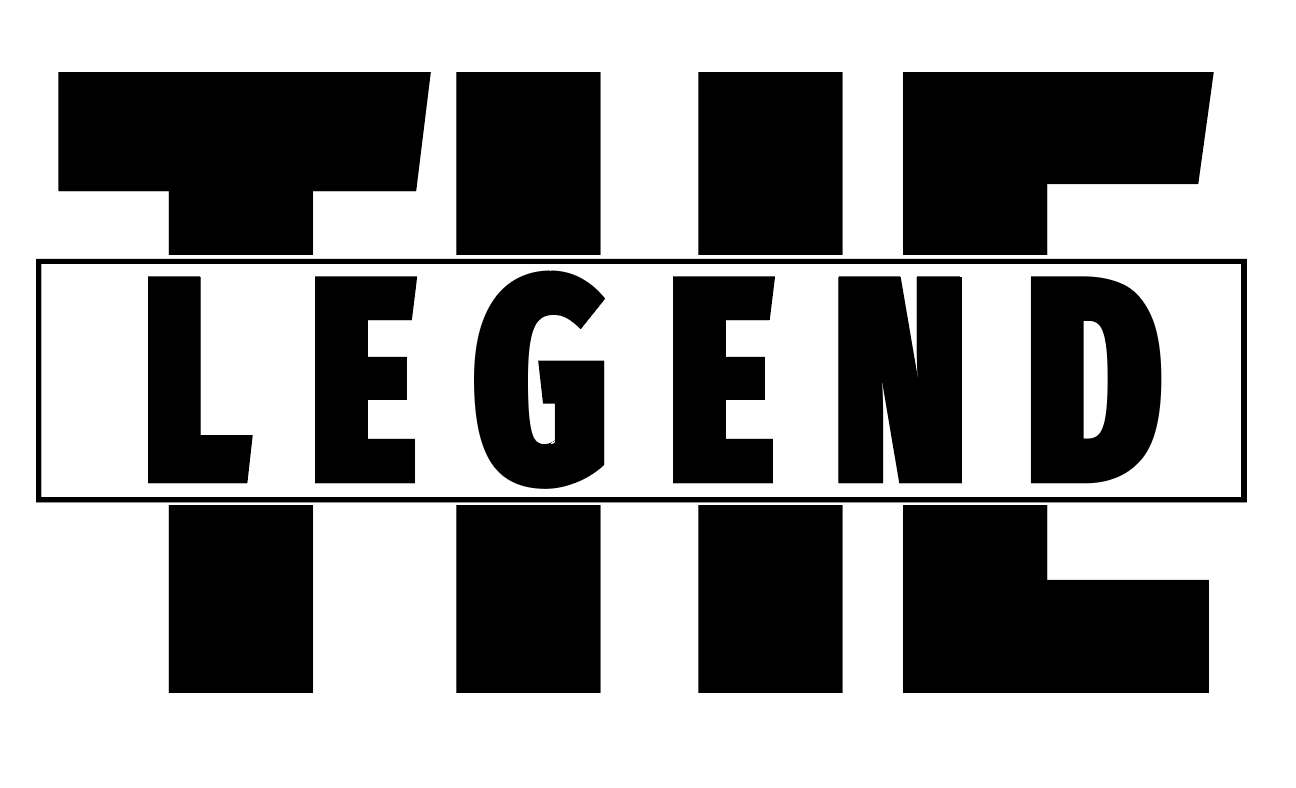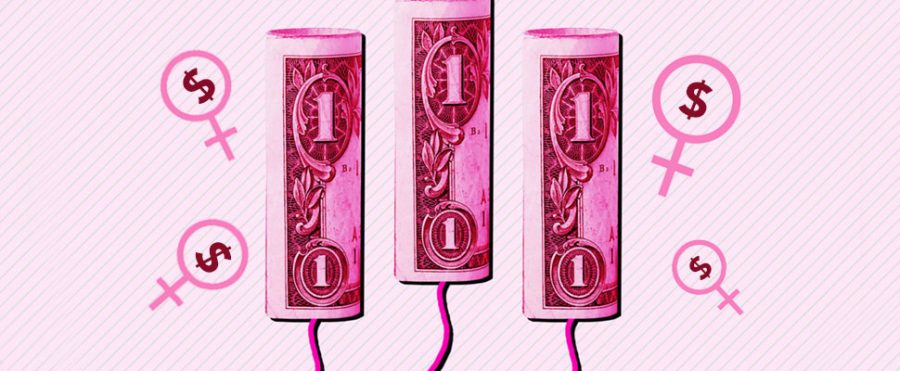THE PINK TAX
Products marketed towards women cost female consumers thousands.
September 18, 2019
When shopping for a graphing calculator, one may see a navy colored calculator and a pink colored calculator, both with the same buttons, the same features and the same functions. The only difference, with the exception of the contrasting color of the two calculators, is their price. At Walmart, the Texas Instruments TI-84 Plus CE Graphing Calculator, black colored, costs $142.67 online; the same model, but pink colored, costs $148.82. The purpose of the different colors is due to the generalized and stereotypical preference of pink for women and any color other than pink being for men. The price difference of $6.15 may be subtle, but the universal tendency to price women-targeted products higher than men-targeted products builds up the bill most women have to pay.
The “pink tax,” also known as the “gender tax,” is a phenomenon that refers to the higher priced items that are typically targeted towards women, in comparison to products deemed for men. According to a 1994 study in California, on average, women pay an estimated $1,351 more annually. Items used for recreation or basic needs, such as razors, scooters, or jeans, have significant price differences, when both function the exact same way, except the packaging, size and/or color may not be the same.
WHY WOMEN’S PRODUCTS COST MORE
The “pink tax” exists in the first place because women’s needs are seen as being more costly and demanding. The Psychology Today magazine states that labor costs for women’s clothing are more because of the variety of clothing. Men’s style of clothing is traditional, with a few number of styles, and there is less fabric used. Thus, consumers will find women’s clothing to be pricier than men’s clothing.
However, not all items have the same circumstances in regards to production. Yet, the “pink tax” is applicable to almost every item in the market. In fact, the products made specially for women are smaller, meaning it takes fewer resources to produce them. Despite that, the prices of these women-specific items are still high compared to the same items advertised for men.
The cost of basic necessities, along with pain medications and menstrual products can accumulate to over $8000 annually for women.
“Women’s products are just as much of a need as food or water,” junior Saharah Alamgir said. “The products themselves are quite expensive… the price of these products monthly can be between $15 and $30 even without tax.”
Markets create women-specific products to separate the entirety of the consumer population into gender-based divisions. This method, known as market segmentation, has shown a significant increase in sales from companies using it for years, so the “pink tax” will not be going anywhere anytime soon.
WILL IT ALWAYS BE THE “PINK TAX”?
In the twenty-first century, social norms have begun to challenge traditional gender norms, including the assignment of gender to certain colors. Not all women love pink and hate blue, nor do all men love blue and hate pink. Actually, blue was once used as a market ploy to attract female buyers before the 1950s, as said by financial news site Business Insider.
“I do believe [gender stereotypes] persist,” Alamgir said. “Although society has moved on from a time where physical prowess was the most important part of being successful, society still finds these factors abundantly important and therefore views men as greater than women.”
The truth is: the color marketing will always be relevant. It is in human nature to react differently to different colors, such as feeling optimistic when seeing the color yellow, feeling inspired when seeing the color purple, or feeling balanced seeing monochromatic color schemes.
The market has rooted the effects of gender marketing so deeply into consumers’ perceptions, that regardless of the evolution of social norms, color stereotypes will remain in strategic advertising.
AVOIDING THE “PINK TAX”
Gender marketing may never go away, but avoiding the strategies corporations use makes the “pink tax” phenomenon less… phenomenal. For starters, women should attempt to buy their basic needs through men-targeted items.
“I use men’s products probably once a day because I use men’s shaving cream,” junior Juliana Poblano said.
Using men’s products as a woman is not a big deal, nor should society look down on the idea. Fabric softeners, tissues, toothpaste and most famously, razors, will be advertised specially for men for a lower price when it is just as similar as the “women’s version,” if not, exactly the same.
Corporations may find it risky to resort to gender marketing tactics because of the fact that one gender will not buy a product if they advertise it for the opposite gender; however, they have found that an influx of people from the gender they promote are buying that product because of this strategy. If women continue to boycott the sale of women-specific products, these corporations will be compelled to discard the tactic, and just one corporation doing so may change the entire gender stereotyping culture in the market.

